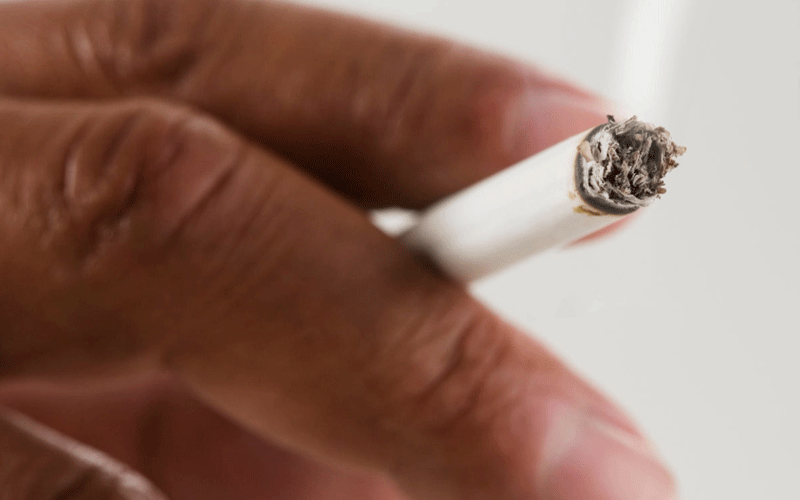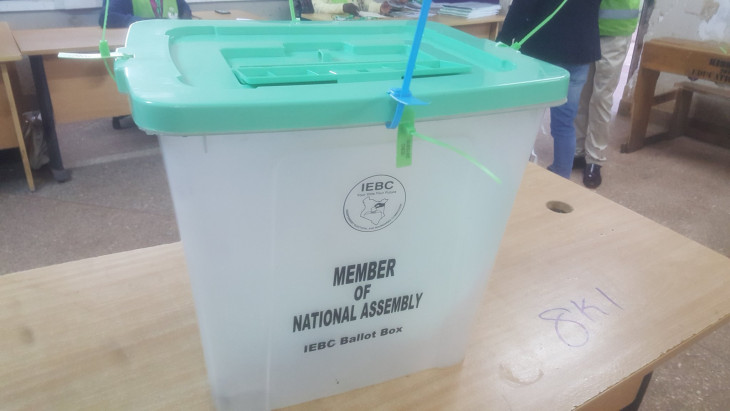Kenya should borrow Sweden anti-smoking strategy

Kenya risks being denied the benefits of a major public health breakthrough that could help to save millions of lives across the globe.
Sweden is celebrating its imminent status as the first nation in the world to officially give up cigarettes, under guidelines that consider a country ‘smoke free’ when less than 5 per cent of its adult population smokes tobacco.1
A report unveiled in Stockholm on March 14 revealed how Swedish policymakers have achieved this remarkable feat by embracing tobacco harm reduction (THR) strategies that include giving smokers affordable access to alternative nicotine products such as vapes and nicotine pouches.
In the report The Swedish Experience: A roadmap to a smoke free society, international THR experts explained how the Swedish success story has laid out a policy roadmap which, if followed by other nations, could save up to 3.5 million lives in Europe alone over the next 10 years.
They warned, however, that countries not embracing THR strategies are heading in the opposite direction by treating alternative nicotine products the same as combustible cigarettes. Kenya’s classification of vapes and pouches as tobacco products subjects them to the same high taxes and marketing restrictions that apply to far more harmful cigarettes.
Ostensibly, this is done to minimise the harm caused by tobacco in Kenya, where smoking rates remain stubbornly high at 20.8 per cent of adult men – and 11.8 per cent overall – despite strict measures including the prohibition of smoking in public places and mandatory health warnings on packaging.
But this “one-size-fits-all” approach to tobacco control ignores the fact that alternative nicotine products are very different to traditional tobacco products. As such, alternative products ought to be regulated uniquely within a framework that recognises their intrinsic potential to reduce harm associated with traditional tobacco products.
Vapes and pouches do not burn tobacco, thereby dramatically reducing exposure to disease-causing chemicals. Global research shows that tobacco-free nicotine products are about 95 per cent less harmful than cigarettes.
Fifty years ago, 49 per cent of Swedish men were smoking regularly. In the last decade, smoking rates in Sweden halved and reached a record low of 5.6 per cent in 2022.
By supporting smoke-free alternatives such as snus and, in recent years, pouches and vapes, Sweden’s pragmatic, enlightened approach has delivered sensational public health gains.Compared to the rest of Europe, Sweden has 44 per cent fewer tobacco-related deaths, a cancer rate that is 41 per cent lower, and 38 per cent fewer deaths attributable to any cancer.
In Kenya we are on course to miss our Health Ministry’s target of 9.7 per cent smoking prevalence by 2025.
Meanwhile, anti-tobacco advocates have lobbied Parliament to treat tobacco and nicotine as one and the same, and they continue to call for a total ban on less risky products such as nicotine pouches.
Kenyans deserve better.
Restricting access or imposing “sin” taxes on these potentially lifesaving products infringes on fundamental human rights and limits consumers’ freedom of choice.
Instead, an excise system that is tiered according to the relative risks of the products could be a game-changer by encouraging tobacco users to consider safer options.
Moreover, prohibiting the promotion of alternative nicotine products denies consumers access to information about safer options.
The Swedish Model is an example of THR being used to drive down smoking rates and significantly reduce smoking-related disease.
Kenya can emulate this success story if policymakers consider the needs of the consumer and adopt THR as the lifesaving strategy it has proved to be elsewhere.
— The writer is a Physician and lecturer











